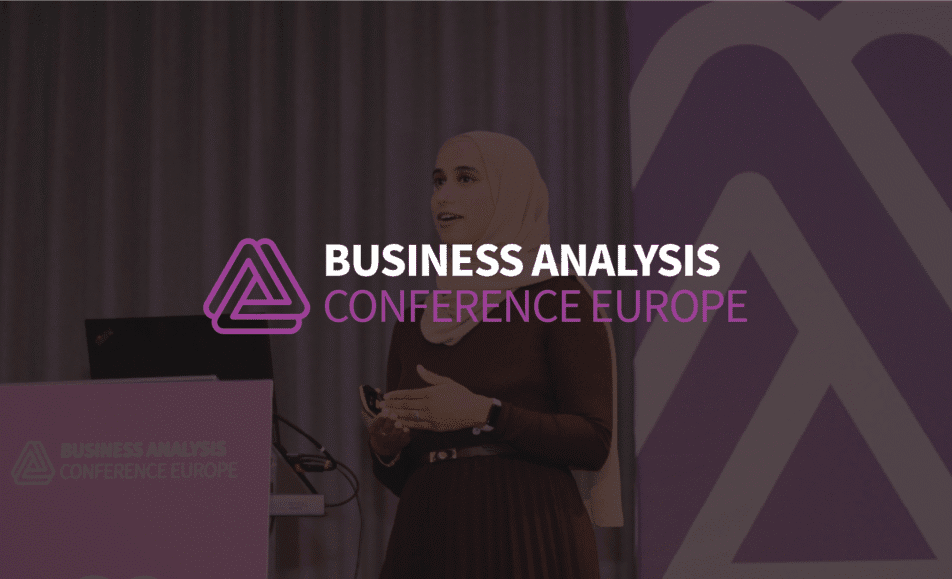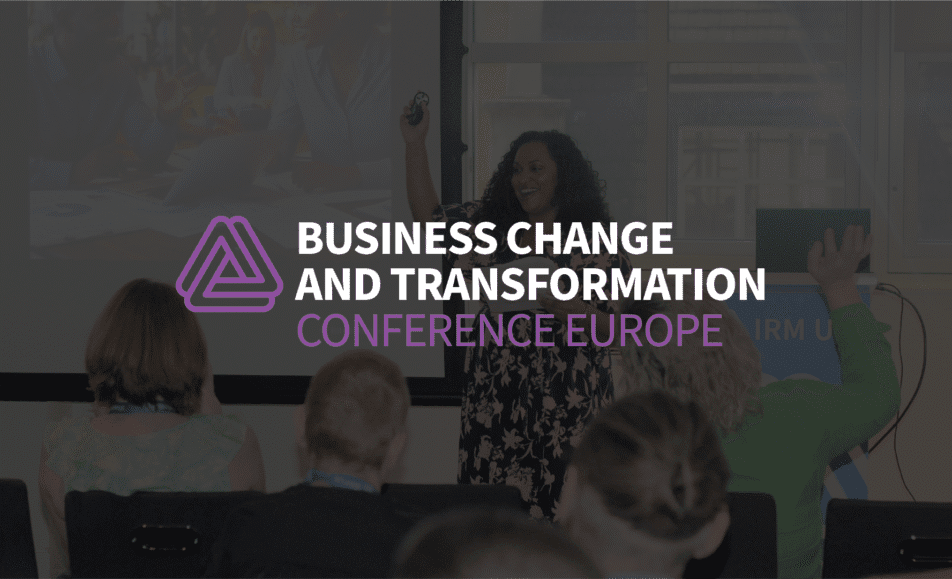
Going back to early 2023, I had something of an existential crisis. I had my first play with ChatGPT. I was a bit lost for what I should try at first, then I landed on something simple – a SWOT analysis. My heart sank, my hands got clammy. Genuine existential dread. What it gave me was half decent, and you see I had this revelation: if this tool could produce this at this early level of maturity, my job probably wasn’t going to exist in 5 years time, or at least not as it does now. The game had changed, and it felt like a rug had been pulled out under my feet. My name is Daniel Ziekenoppasser-Powell, and at this year’s IRM UK Business Analysis conference I’m excited to be speaking on AI in BA, and what the future looks like. I’m a senior consultant at PA Consulting with some 8+ years of experience in BA. I’m at the heart of PA’s adoption of AI, and since pivoting and focussing my efforts on the business application of AI, I’ve worked with a number of clients to start their implementation journeys.
Post-revelation, I went on a journey to develop my idea into the thought leadership piece it is today: testing, building and talking on it far and wide, somewhat frantically trying to prove myself wrong. The hypothesis still stands though, with more legs to it 1.5 years on – our day to day lives are on the cusp of enormous change. Knowledge industries are going to be totally transformed, especially where costs are high… ciao Business Analysis.
There are 3 broad transition phases of how our work is transformed, and the first of these we are already well into – ideation acceleration. It’s exciting but I find the future so much more tantalising to explore, so let’s do so:
- Phase 2 is the near-term “AI Augmented”, where BA delivery is augmented by Generative AI apps, which will double or triple productivity. There will be an adapt-or-die decision point.
- Phase 3 is a leap beyond: an “AI First” approach, where delivery is actively led by AI. When it comes to AI First, individuals and firms will both be presented with a Move Early, Pivot or Exit decision point.
Phase 2: AI Augmented
AI Augmented is starting to happen now and will come to full maturity over the next 2 years, and with it we will see Generative AI click-and-point apps which are free of prompt engineering and are fully integrated into your value chain: presentations, emails, etc.
These apps will double or triple productivity. A shocking number – attend my presentation for more detail, but the guts of it is: that a significant amount of BA delivery is rules-based tools or techniques, typically using publicly available information, and/or best practices. Large Language Models (like ChatGPT) excel at this. Even without prompting techniques, it’s phenomenal what they produce, but with the right techniques.. wow. And once you’ve engineered and integrated these perfect prompts into click-and-point integrated applications directly, well that’s when you start hitting those efficiency figures.
It can be hard to drive home just how much of a step change this is. It will change everything across the BA lifecycle, and it will be a technology upgrade akin to PowerPoint replacing flipcharts.
What’s certain is that BAs and consultancies that do not move to adopt are going to find their business dying out. AI is a force multiplier. Consultancies adopting it aren’t just capturing AI consulting market share through demonstrated expertise: they are multiplying delivery ability, and reducing timeframes and cost envelope. Firms or individuals adopting will become increasingly attractive vs those not who will become increasingly uncompetitive.
Augmentation though is ultimately a stepping stone.
Phase 3: AI First
AI First is a truly revolutionary transformation, and many services, BA delivery included, are going to look quite different to today. Perhaps not as much to the customer, but worlds different to the experts. I anticipate it becoming the norm within 5 years.
The premise is this: services are going to be AI-led, with a technology stack providing video and audio generation of lifelike avatars over video, phone, you name it, and at the heart of it all: a Large Language Model trained on and representing a firm’s intellectual property, their practices, their culture, their ethos. Perfect familiarity will persist across engagements. Humans are involved on the edge cases.
I think you’ll have to make my presentation for me to get into the ‘why’, but the key of it is: this is already the direction of travel, the technology barrier is reducing, IP is king, and the potential for new revenue streams through new delivery models is.. significant.
This phase represents a total change of what it is we BAs do, and how we define ourselves. At an individual and organisational level we’re going to be faced with the decision point – to move early, pivot or exit. I daresay “move early” is what I’m here doing, although where it lands me I’m not exactly sure yet.
Pivoting will be the go-to for most who see this change out. Focussing on the value roles that can’t be or are not as effectively automated. I think there are 4 characterising questions to working out what these are: (1) what’s safe from AI? (2) what does AI need? (3) what can’t an AI do? (4) where can’t AI reach?
That’s the future in a nutshell! Hopefully my words haven’t left you deflated, although perhaps some existential dread is warranted – I think unavoidable when you truly understand the implications. Make sure to join me in Sept at the IRM UK BA conference Europe to hear more, and/or when I join the panel on how we stay relevant in a future transformed by AI. Follow me on LinkedIn (danielzp) to hear more of my thought leadership on AI in business in general.
The views and opinions expressed in this post are those of the author, Daniel Ziekenoppasser-Powell, and do not necessarily reflect the official policy or position of his employer or colleagues.
Want to see more of our sessions? View our Agenda.
Get Your Tickets Now to secure your spot and be part of this transformative experience.






